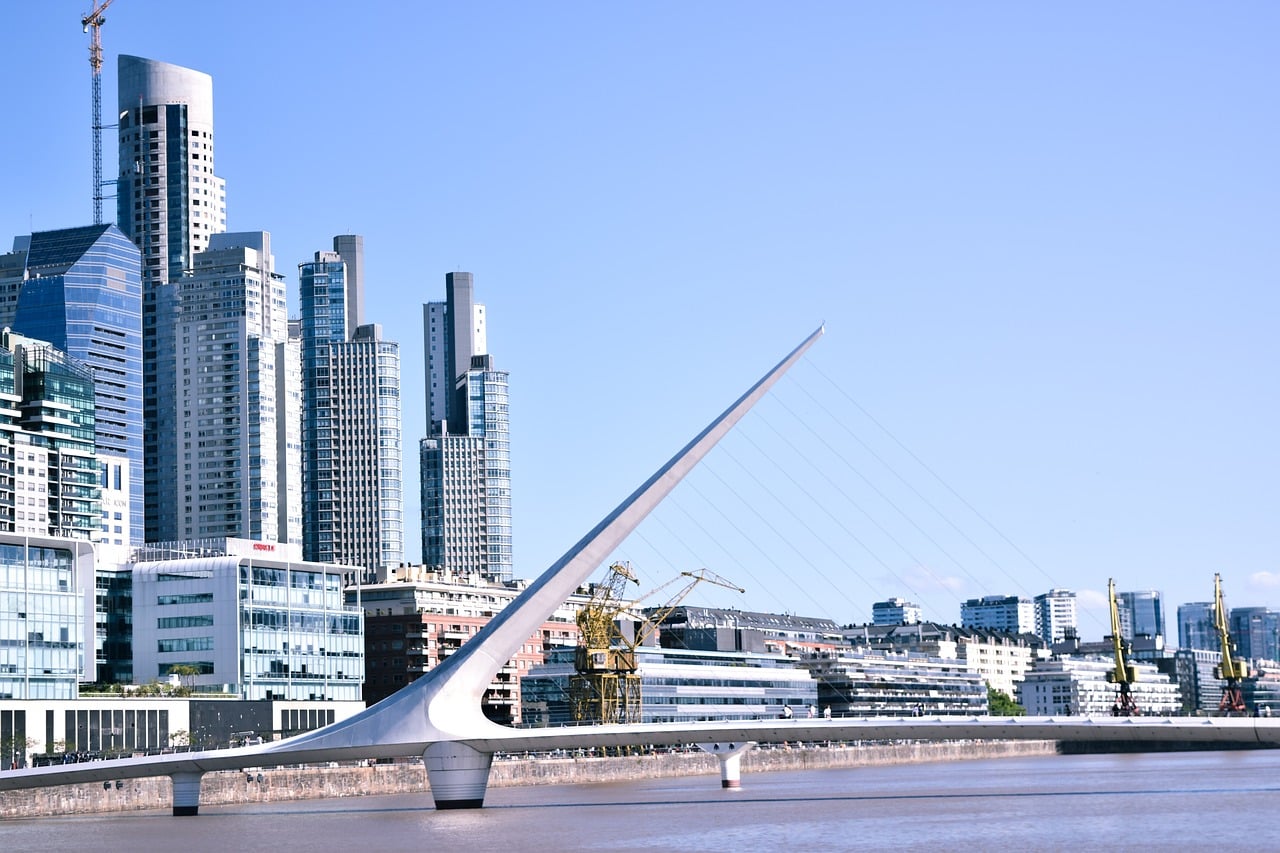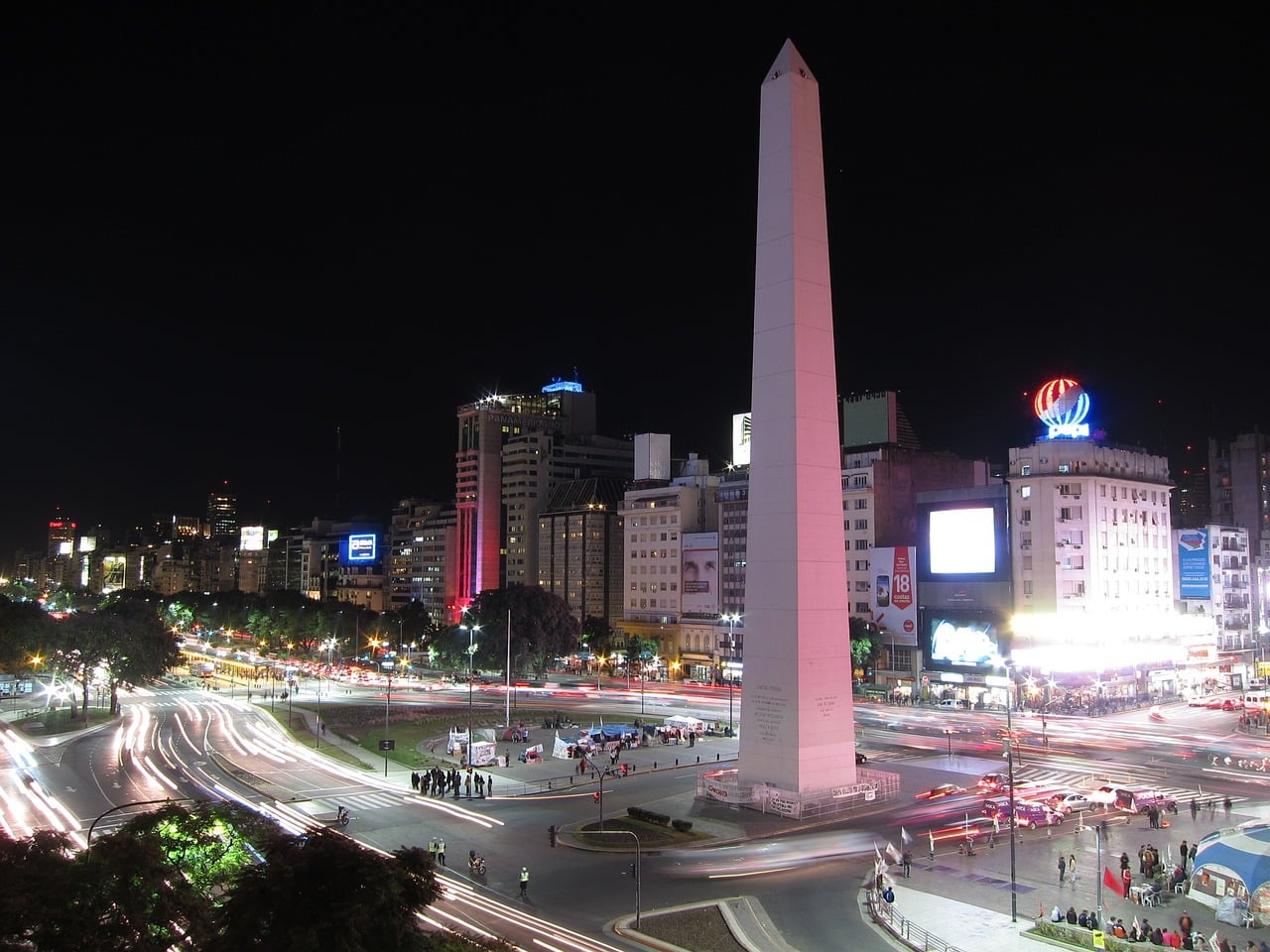From World Seed Congress to the Association of Official Seed Certifying Agencies’ annual meeting, to the Seeds Canada meetings and a ton of meetings in between, I’ve been on the road more than home for the last few months. One of the biggest topics that keeps coming up in conversations, whether I’m in Rotterdam or Kansas City or Edmonton, is Latin America. I’m hearing a ton of global enthusiasm for what LatAm can deliver in contra-season production, of course, but also the many ways it is stepping into more and more of a leadership role in building innovation, enhancing global food security, addressing climate change and more.
Let me be totally honest though: I hear, as I know you do too, lingering concerns about LatAm from the global seed sector – some based on legitimate uncertainty about the growing pains of the sector, more based on misunderstandings of where LatAm’s at today and how its place is changing in the global seed market.
What I’m consistently seeing from many, many conversations with South American companies is that the seed and seed service sector in Latin America is evolving in two distinct ways. Some companies are facing the natural challenges of creating new business channels, particularly when expanding internationally or dealing with emerging regulatory landscapes. Others are expanding impressively well. Brazil especially isn’t just a country to watch, it’s a country to get into business with. Multiple Brazilian seed companies are knocking the ball out of the park in growth, tech innovation and industry leadership.
According to the FAO, LatAm has the highest proportion of arable land in the world: nearly one third of the whole region is plantable. That makes LatAm one of the Earth’s most critical regions for increasing food production, both in planted acres and in productivity per acre. We need LatAm to successfully feed the world and, as we in the seed sector know, that starts with seed. Now, I’m not suggesting companies jump on board out of feed-the-world altruism: I’m saying there’s incredible business value for those who find the right partnerships and opportunities.
Let me be clear: LatAm’s growth won’t all be easy. LatAm’s market needs to mature. Figuring out the right path forward will take effort, will and collaboration. There have already been bumps in the road and there are going to be more ahead. It’s critical to all of our success that we as an Americas-wide seed sector come together to be part of LatAm developing a true South American presence.
That’s exactly why we need to gather in Buenos Aires for the Seed Congress of the Americas Sept. 30 to Oct. 2. The Congress will bring together the movers and shakers of the Americas’ seed sector. While the major scheduled parts of the agenda — the keynote speakers and learning sessions — look like a great lineup, the biggest benefit of the Congress will happen much more quietly: the handshakes over cerveza and the deals made on the trading room that are only possible when the right people gather in the same place with the same ready-to-connect mindset.
The seed sector is more integrated than ever before. To build LatAm to its fullest potential depends on communicating, partnering, and growing together around board room tables, across companies and between countries. That’s what SAA’s Seed Congress of the Americas aims to make happen.












